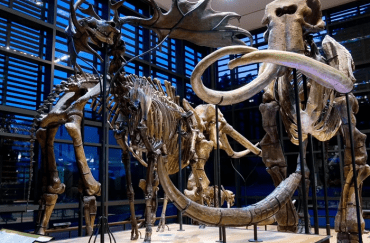

We are a pest control company which services all of Brevard County and beyond. Usually, our blog posts are about pest related topics, whether it be how to prevent pest infestation or the best way to handle one after it has begun. From time to time we like to venture outside of the topic of pest control and explore some of the fascinating information about the area in which we live and serve.
In this blog we want to take a quick look at the historical significance of Melbourne, FL in regards to ancient human and animal life. Mainly, we want to talk about the humans and now extinct animals which once lived here.
In the 1920’s the Melbourne area was being developed by businessmen. In an area west of what is currently downtown Melbourne, while clearing land to plant oranges, workers unearthed many fossilized skeletons. The finds attracted the attention of scholars from Amherst College and the Smithsonian alike. It turned out that they found the skeletal remains of mastodons and mammoths, camels, giant sloths and armadillos and horses.
Soon it was discovered that there existed a fossil rich area, a line which stretched from what is the modern day campus of Florida Tech all the way down to Vero Beach. This band of fossil laden soil was nicknamed “the Melbourne bone beds”.
Workers also found many human skeletal remains as well. A now famous skull nicknamed “Melbourne Man” was found where now sits the Melbourne Country Club and its golf course. The skull was, at the time, the oldest record of mankind in North America. He is thought to have lived between 10,000 and 20,000 years ago. Many of these artifacts can still be found in museums such as the Smithsonian.
Humans lived alongside of many of those animals mentioned earlier in this article. They used many of them to their advantage while other animals lived along the banks of the river and used it for drinking and bathing. If you ever want to search for fossils, doing so along a riverbed is a great place to start.
You can still hunt for fossils all along the Indian River. A hotbed of fossil activity is Crane Creek. It is especially good to search for fossils when the water rises or lowers because of flood or drought. These events help unearth many of the fossils which lay hidden in the ground.
Credits:
Mammoth image from FloridaToday.com
Indian River image from Wikipedia
